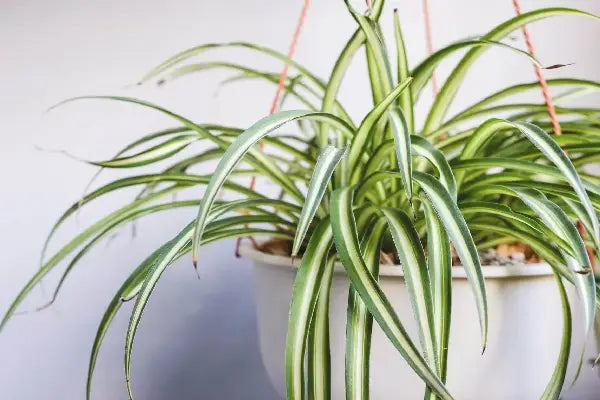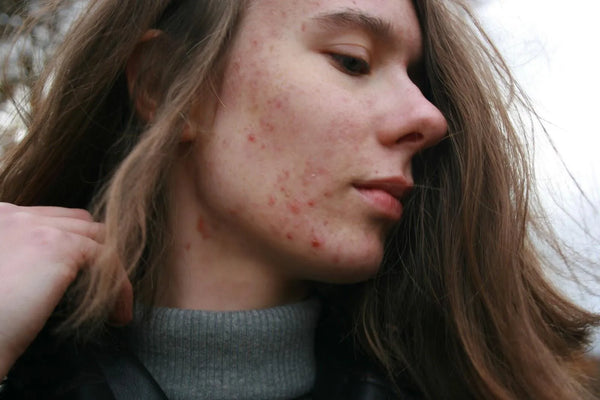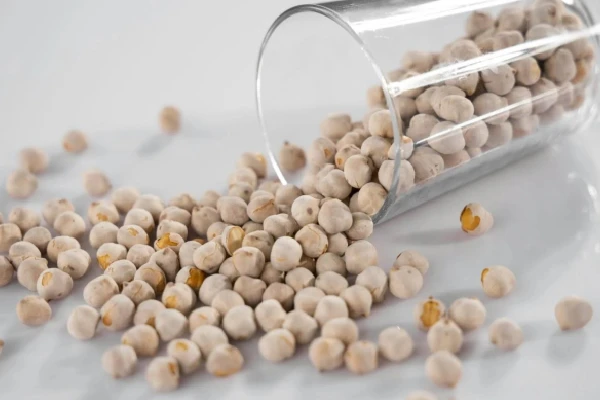How House Plants Can Help Diversify Your Microbiome
Wednesday Aug 18, 2021

It seems that everybody and their mother wants a house plant these days. I’ll be the first to admit—I maintain a small jungle in my apartment these days. Succulents, fresh herbs, mini-palm trees, you name it. Yes, everybody wants something to nurture, but many are greening up their environments for the many other benefits of indoor plants: satisfaction at work, reducing stress, improving mood, enhancing cognitive health, among several others, including air purification.
Did you know that plants can affect your internal microbial ecosystem?
Not only do they spice up your interior design and offer benefits to your mental health, but house plants may also be an excellent way to improve your microbiome. Recent studies have shown that house plants diversify our indoor microbiome, possibly providing benefits to our overall health.
How does this work? Together, we’ll dive into the latest research on how house plants interact with your microbiome.
The Science
We humans, we don’t live alone. We live in communities that include each other, pets, and trillions of microbes all around us. Germaphobes, block your ears. A single person emits 1 million microbes per hour. Pets and other humans have been identified as important contributors to our environmental microbiome, the microorganisms that occupy the space around us. Researchers have discovered another source of microbe dispersal: houseplants.
The study, conducted in 2015, evaluated the environmental effects of indoor plant life on household microbiomes through experiments using the spider plant (Chlorophytum comosum). Scientists isolated the houseplant for six months in a germ-free environment (clean from all microbes). At the end of the experiment, they took samples of the air inside of the chamber, the surface of the plant leaves, and the walls and floor of the empty incubation environment.
What did they find? The plant enhanced its environmental microbiome. Not only was microbial life more abundant, but the community was more diverse than it was before the incubation period. Scientists posit that this diversity could protect us from pathogenic (disease-causing) microbes and the severe health problems they can cause.
The leaders of the study made sure to acknowledge the limitations of their research. First, the study’s design was artificial; in real life, our houseplants are not incubated in isolation for six months on end. They chose to conduct their experiment in a closed chamber to preserve the delicate environmental microbiome they were measuring. Second, only one houseplant has been studied so far, the spider plant. Third, the study only measured the pre-incubation and post-incubation time points, again as a means to prevent contamination of their chamber.
This study provides promise for helping us understand how house plants can help diversity the microbiome. However, the research question commands some more investigation. Is there a plant that benefits our microbiome more than others? Can some house plants be harmful to our environment? For now, stick to our friend, the spider plant.
Do you spend so much time around plants, you’re practically photosynthetic? It may be affecting your microbiome. Find out how with flore.


